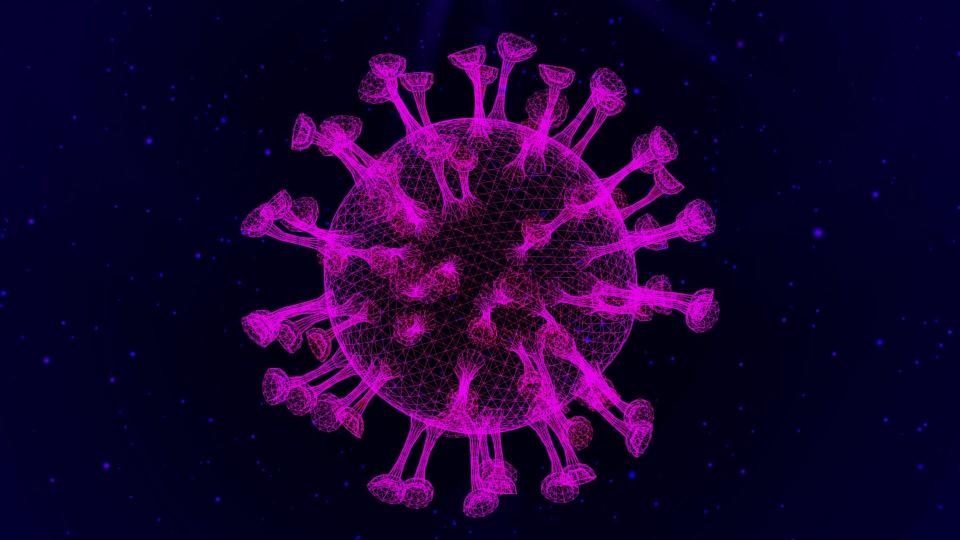COVID has mutated again, producing variants known as 'FLiRT.' What Kansans need to know.
The COVID-19 virus has mutated again, producing variants known as "FLiRT."
One of those, labeled KP.2, has become COVID's dominant variant in the U.S.
The Kansas Department of Health and Environment in clinical samples obtained from residents in Kansas hasn't found any KP.2 or KP.1.1, with those variants sometimes being referred to as "FLiRT," The Capital-Journal was told Friday by Jill Bronaugh, the KDHE's communications director.
Still, she said, "These sequencing results only represent a small portion of SARS-CoV-2 infections and there may be people who are infected with KP.1.1 or KP.2 in Kansas."

Why are new COVID-19 virus variants called 'FLiRT'?
The nickname "FLiRT" was created using the technical names for the mutations involved, says the Infectious Disease Society of America.
"The CDC is tracking SARS-CoV-2 variants KP.2 and KP.1.1, sometimes referred to as 'FLiRT,' and working to better understand their potential impact on public health," the Centers for Disease Control told USA Today in an email Wednesday.
Megan L. Ranney, dean of the Yale School of Public Health, told WebMD that FLiRT variances are characterized by concerning features that include changes in the spike protein, which helps viruses colonize the body.
How common have FLiRT viruses become?
KP.2 consisted of about 25% of the nation's COVID cases during the most recent two-week period for which figures are available, from April 14 to 27, making it the country's new dominant variant, the CDC said.
KP.2 during that time period overtook the JN.1. variant, which had spread globally over the winter and made up 22% of all COVID-19 cases in the U.S. over the same two weeks, the CDC said.
KP.1.1 made up about 7.5% of COVID cases during that same time span, it said.
Laboratory testing shows transmission levels are currently low for KP.2, the federal Centers for Disease Control told USA Today in an emailed statement Wednesday.
"That means that while KP.2 is proportionally the most predominant variant, it is not causing an increase in infections," the CDC said.
Are the new variants more dangerous?
No current indications exist that KP.2 could cause more serious illness that other COVID strains, the CDC says.
Still, the FLiRT variants emerged at a time when the CDC says only 22.6% of adults reported having received an updated 2023-24 COVID-19 vaccine since September 2023.
“We’ve got a population of people with waning immunity, which increases our susceptibility to a wave,” Thomas A. Russo, chief of infectious disease at the Jacobs School of Medicine and Biomedical Sciences at the University of Buffalo, told WebMD.
What are the symptoms?
FLiRT variants create symptoms similar to those caused by JN.1. Those include the following:
Gastrointestinal symptoms, including upset stomach, vomiting and mild diarrhea.
Difficulty breathing.
Loss of taste or smell.
Muscle aches.
Fatigue.
Headache.
Cough.
Sore throat.
Fever or chills.
Congestion or runny nose.
"Brain fog," which involves feeling less wakeful and aware.
Contact Tim Hrenchir at threnchir@ganeett.com or 785-213-5934.
This article originally appeared on Topeka Capital-Journal: Here's what Kansans need to know about COVID variants known as 'FLiRT'

